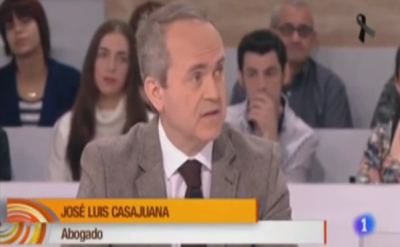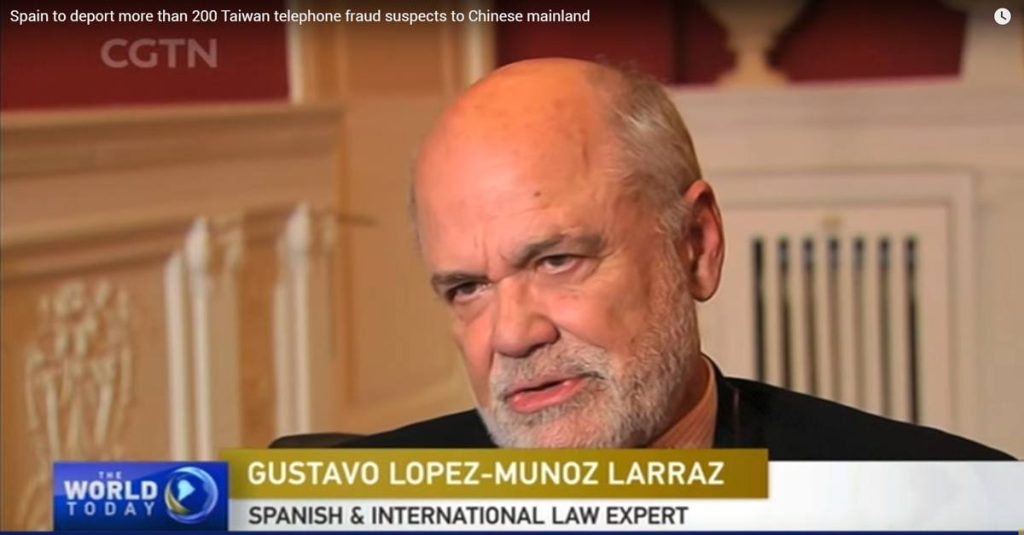Judicial processes of divorce and joint assessment of the tests carried out

Shared custody and custody and assessment of the evidence taken
Joint guardianship and custody is imposed as a less traumatic measure in divorce court proceedings. It is true that each case is a world, a particular world in which an infinite number of factors come together that only the true protagonists know about and that this goal –always for the benefit of the children– is sometimes highly complex to achieve
As I explained in the article Guardship and joint custody of children in divorces, article 92 of the Civil Code contemplates this possibility of joint custody and custody and establishes as the guiding principle of all decisions that try not to separate the siblings although it will be necessary to carry out a joint assessment of the tests carried out and act in the interest of the minor (of the minors).
The collaboration and goodwill of the parents is a decisive factor that smoothes the work of the judge, without prejudice to the intervention of the Public Prosecutor, of a mandatory when there are minors involved.
A parental agreement is not the same as imposed by the judge but, let’s not forget, that agreement is sometimes almost impossible to achieve. Although it will be the subject of another article, I do not want to omit now that the work of professionals, men and women who dedicate ourselves to this profession of law, dealing with divorce cases, can also be decisive to the extent that our efforts to make parents see that defending the interests of their children is an obligation bear fruit above their quarrels.
The joint evaluation of the tests carried out is a determining element of the judicial resolution without forgetting the consideration of the explorations of the little ones who on so many occasions It can be of capital importance for the decision to be adopted. The age, the formation of the minor, her spontaneity when it comes to expressing herself, the fact that her statements are not conditioned by the instructions of the parents (something very difficult) are elements of judgment that must be taken into account.
Although joint custody, as I said before, is a wish it does not always come true due to the multiple circumstances that condition each matter in concrete. It is in any case a tendency to prevail. However, we find some frankly curious resolutions that deserve to be cited. As an example I am going to look at two:
- Sentence of the Civil Chamber of the Supreme Court (09/25/2015) ratifying the ruling of the Gijón Provincial Court, Seventh Section, which in turn corroborates (in the part that is of interest here) the sentence handed down in first instance by the Court nº 9 of Gijón.
Summarizing, what the Supreme Court comes to resolve is to validate the solution adopted by the Court consisting of attributing custody to the father of the two eldest children and to the mother of the two minor children and a visitation regime is established in which the four siblings will remain together. It so happens that the parents, in this case, live in cities 500 km from each other, so the siblings (two by two) were also usually separated. The conclusion reached is that the convenience of not separating the siblings cannot become a fundamental factor for assigning custody. And for this, it clings to the particularities of the case (the distance from the respective domiciles) and the experience itself in which the regime is considered or valued positively on its agreed day that, by evolving favorably, makes it convenient, as a lesser evil, to maintain it, thus avoiding its replacement by an uncertain result.
This ruling also addresses the elementary principle of acting in the interest of the minor and in this sense -corroborating the doctrine maintained in other resolutions- establishes that: “the interest of the minor It is the sum of different factors that have to do not only with the personal circumstances of their parents and the affective needs of the children after the breakup, but also with other personal, family, material, social and cultural circumstances that must be assessed in order to avoid as far as possible a risk factor for the stability of the child.”
As we can see, in the present case, the objective of keeping the brothers together is not achieved, but the TS justifies it by giving the maximum value to the declarations of will of the minors and the consent of the parents and, given the difficulties of keeping all the siblings together, the solution adopted is considered the lesser evil, accompanied by a regime of visits and communications that faithfully executed will prevent the rupture or cooling of affective ties between siblings.
- The other example I was referring to is a curious ruling that uses what we could call hybrid formula: it is a very specific case in which two types of care for minors are used. so that the girl remains in the exclusive custody of the mother while for her brother the judge decides in favor of joint custody. It is a judgment of Court No. 28 of Madrid in which, precisely appealing to the interest of the minors and the different evolutionary stage of each one, it is concluded that this solution is the most favorable because the separation of the siblings will have little incidence among them especially for establishing a sufficiently broad and flexible visiting regime so that they are allowed to be together more or less assiduously. The examination of the small ones and the favorable report of the Public Prosecutor’s Office allow the judge to make this decision.
In short, with these two real examples we see, as I said at the beginning, that each case is a world where the adequate joint evaluation of the tests carried out It will be the one that allows adopting the most balanced solution tending, yes, to joint care and custody and, let’s not forget, always, always in the interest of minors as a fundamental good to safeguard.



















